List of 20 Low Calorie Vegetables for Weight Loss
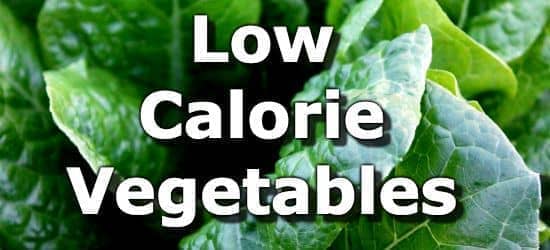
Apart from water and some very thin soups, vegetables are the lowest calorie food group. While nearly every vegetable is low in calories, some are lower than others.
To keep vegetables low in calories and retain the most nutrients, it is best to eat them raw or steamed.
Low-calorie vegetables include watercress, lettuce, arugula, sprouts, napa cabbage, cucumber, and celery.
Below are the 20 lowest calorie vegetables. For more see the full ranking of over 200 low-calorie vegetables.
For more low calorie foods, see the article on foods low in calories.
List of Low Calorie Vegetables
-
 1. Watercress + Add
1. Watercress + Add
Calories per Cup Calories per 100g 4 calories 11 calories -
 2. Arugula + Add
2. Arugula + Add
Calories per Cup Fresh Calories per 100g 5 calories 25 calories -
3. Lettuce + Add
Calories per Cup Calories per 100g 5 calories 15 calories -
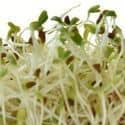 4. Alfalfa Sprouts + Add
4. Alfalfa Sprouts + Add
Calories per Cup Raw Calories per 100g 8 calories 23 calories -
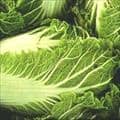 5. Napa Cabbage + Add
5. Napa Cabbage + Add
Calories per Cup Cooked Calories per 100g 13 calories 12 calories -
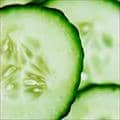 6. Cucumber + Add
6. Cucumber + Add
Calories per Cup Raw Calories per 100g 16 calories 15 calories -
 7. Celery + Add
7. Celery + Add
Calories per Cup Raw Calories per 100g 14 calories 14 calories -
 8. Radishes + Add
8. Radishes + Add
Calories per Cup Sliced Calories per 100g 19 calories 16 calories -
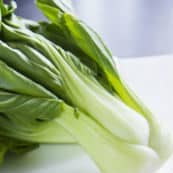 9. Pak-Choi (Bok Choy) + Add
9. Pak-Choi (Bok Choy) + Add
Calories per Cup Cooked Calories per 100g 20 calories 12 calories -
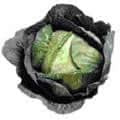 10. Cabbage + Add
10. Cabbage + Add
Calories per Cup Raw Calories per 100g 22 calories 25 calories -
 11. Mushrooms + Add
11. Mushrooms + Add
Calories per Cup Cooked Calories per 100g 28 calories 26 calories -
 12. Eggplant + Add
12. Eggplant + Add
Calories per Cup Cooked Calories per 100g 35 calories 35 calories -
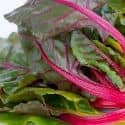 13. Swiss Chard + Add
13. Swiss Chard + Add
Calories per Cup Cooked Calories per 100g 35 calories 20 calories -
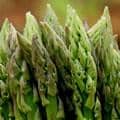 14. Asparagus + Add
14. Asparagus + Add
Calories per Cup Cooked Calories per 100g 40 calories 22 calories -
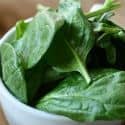 15. Spinach + Add
15. Spinach + Add
Calories per Cup Cooked Calories per 100g 41 calories 23 calories -
 16. Summer Squash + Add
16. Summer Squash + Add
Calories per Cup Cooked Calories per 100g 34 calories 19 calories -
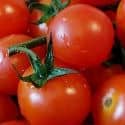 17. Tomato + Add
17. Tomato + Add
Calories per Cup Cooked Calories per 100g 43 calories 18 calories -
18. Green (Snap) Beans + Add
Calories per Cup Cooked Calories per 100g 44 calories 35 calories -
 19. Pumpkin + Add
19. Pumpkin + Add
Calories per Cup Cooked Calories per 100g 49 calories 20 calories -
 20. Broccoli + Add
20. Broccoli + Add
Calories per Cup Cooked Calories per 100g 55 calories 35 calories
Printable One Page Sheet
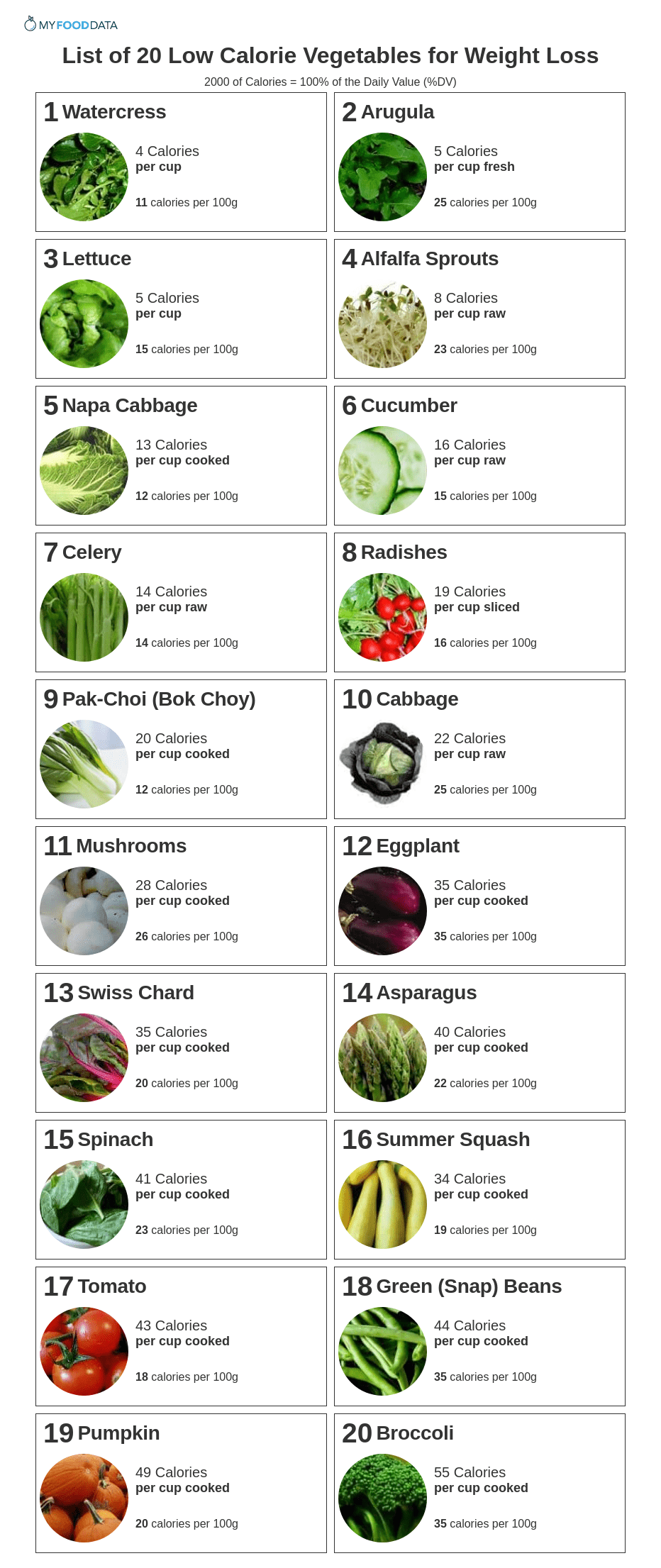
From the Nutrient Ranking Tool
Use the ranking tool links below to select foods and create your own food list to share or print.
- Foods High in Calories
- Foods Low in Calories
- Vegetables High in Calories
- Fruits High in Calories
- Vegetarian Foods High in Calories
- Nuts High in Calories
- Grains High in Calories
- Beans High in Calories
- Dairy High in Calories
- Breakfast Cereals High in Calories
- Fast Foods High in Calories
View more nutrients with the nutrient ranking tool, or see ratios with the nutrient ratio tool.
Related
Data Sources and References
Simplify Nutrition Tracking with MyFoodData!
Speedy Tools and Detailed Data FREEEasily analyze your meals to find the best foods for your goals.
✅ Use our recipe nutrition calculator and nutrition comparison tool.
✅ Access expert nutrition data tools and in-depth articles.
✅ Log foods and organize your recipes with a free account.

 Next ➞
Next ➞
